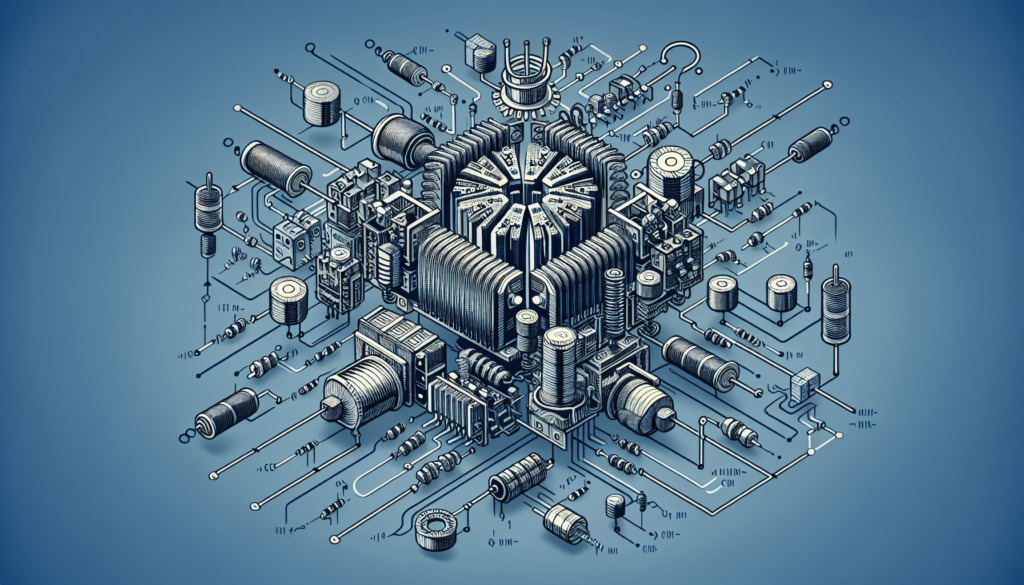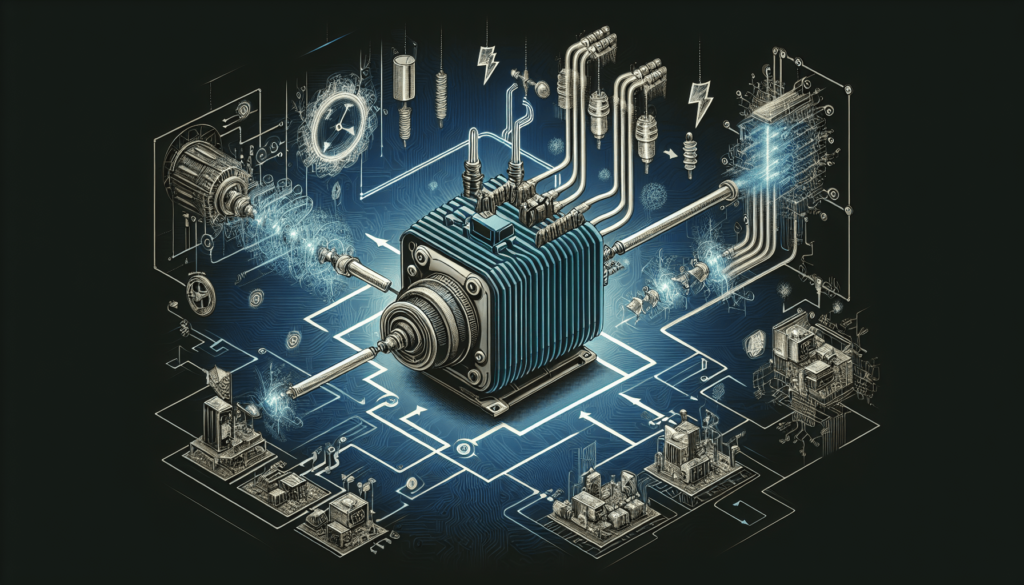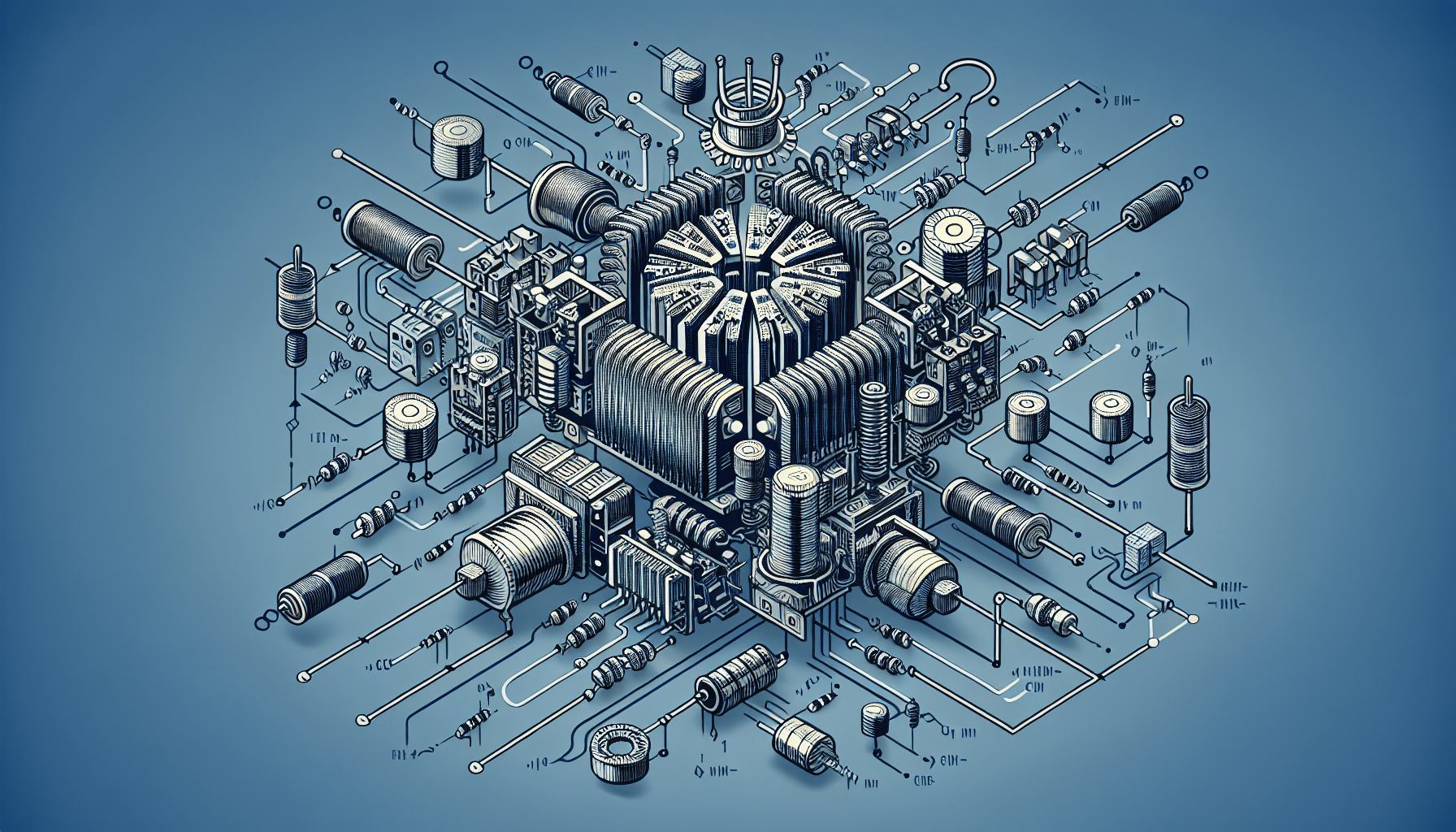Single Phase Inverter Design for 3 Phase Supply
Do you want to learn how to design a single phase inverter for a 3 phase supply? In this article, we will guide you through the process of designing a single phase inverter that can be used with a 3 phase power supply.

Understanding the Basics of Single Phase Inverters
Let’s start by understanding what a single phase inverter actually is. An inverter is a device that converts DC (Direct Current) power into AC (Alternating Current) power. Single phase inverters are used in applications where only a single phase power supply is available, such as in residential solar PV systems or in certain industrial applications.
When designing a single phase inverter for a 3 phase supply, it is important to ensure that the inverter is capable of converting the 3 phase AC power into a single phase AC output that can be used by the load.
Key Components of a Single Phase Inverter
Now that you have an understanding of what a single phase inverter is, let’s take a look at the key components that make up a typical single phase inverter:
-
DC Power Input: This is where the DC power from the 3 phase supply is connected to the inverter. The DC power is then converted into AC power by the inverter.
-
Inverter Circuit: This is the heart of the inverter, where the DC power is converted into AC power using electronic components such as IGBTs (Insulated Gate Bipolar Transistors) or MOSFETs (Metal-Oxide-Semiconductor Field-Effect Transistors).
-
Filtering Components: These components are used to filter out any noise or harmonics in the output AC waveform to ensure a clean and stable power supply for the load.
-
Output Section: This is where the single phase AC output is available for connection to the load.
Design Considerations for Single Phase Inverter on 3 Phase Supply
When designing a single phase inverter for a 3 phase supply, there are a few key considerations to keep in mind to ensure that the inverter operates efficiently and safely:
-
Voltage and Current Ratings: The inverter should be rated to handle the voltage and current levels of the 3 phase supply to prevent any damage to the components.
-
Efficiency: A higher efficiency inverter will result in less power loss during the conversion process, leading to lower operating costs and higher energy savings.
-
Protection Features: The inverter should have built-in protection features such as overvoltage protection, overcurrent protection, and short circuit protection to safeguard the components and the load.
-
Cooling System: Inverters can generate heat during operation, so a suitable cooling system should be in place to dissipate the heat and prevent overheating.
Design Steps for Single Phase Inverter on 3 Phase Supply
Now that we have covered the basics and considerations for designing a single phase inverter for a 3 phase supply, let’s break down the design process into steps:
-
Determine Load Requirements: Start by determining the power requirements of the load that the inverter will be connected to. This will help in determining the maximum power output of the inverter.
-
Select Components: Choose the components for the inverter circuit such as IGBTs, capacitors, resistors, and inductors based on the load requirements and the voltage and current ratings of the 3 phase supply.
-
Design the Inverter Circuit: Design the inverter circuit using simulation software or circuit design tools to ensure that the circuit meets the voltage and current requirements of the load.
-
Calculate Efficiency: Calculate the efficiency of the inverter circuit to determine the power loss during the conversion process and make any necessary adjustments to improve efficiency.
-
Implement Protection Features: Add protection features such as overvoltage protection, overcurrent protection, and short circuit protection to the inverter circuit to safeguard the components and the load.
-
Test the Inverter: Test the inverter with a dummy load to ensure that it operates safely and efficiently before connecting it to the actual load.

Example Design of Single Phase Inverter for 3 Phase Supply
To give you a better idea of how a single phase inverter can be designed for a 3 phase supply, let’s look at an example design with the following specifications:
- 3 Phase Supply Voltage: 415V
- Load Power Requirement: 2kW
- Inverter Efficiency: 90%
Components Used:
- IGBTs: IRF4710
- Capacitors: 1000uF
- Resistors: 10 ohms
- Inductors: 50mH
Design Steps:
-
Determine Load Requirements: The load power requirement is 2kW, which translates to a current of approximately 4.8A at 415V.
-
Select Components: Choose the components based on the load requirements and the voltage and current ratings of the 3 phase supply.
-
Design the Inverter Circuit: Design the inverter circuit using the selected components and simulate the circuit to ensure that it meets the load requirements.
-
Calculate Efficiency: Calculate the efficiency of the inverter circuit to ensure that it meets the desired efficiency of 90%.
-
Implement Protection Features: Add protection features such as overvoltage protection, overcurrent protection, and short circuit protection to the inverter circuit.
-
Test the Inverter: Test the inverter with a dummy load to verify its performance before connecting it to the actual load.
Conclusion
Designing a single phase inverter for a 3 phase supply requires careful consideration of the load requirements, component selection, circuit design, efficiency calculation, and testing. By following the steps outlined in this article and using the example design provided, you can create a reliable and efficient inverter for your specific application. Remember to prioritize safety and efficiency in your design to ensure the smooth operation of your inverter on a 3 phase supply.
